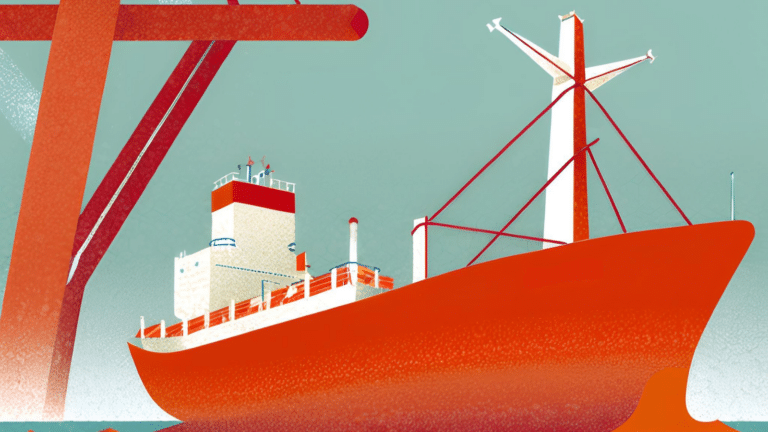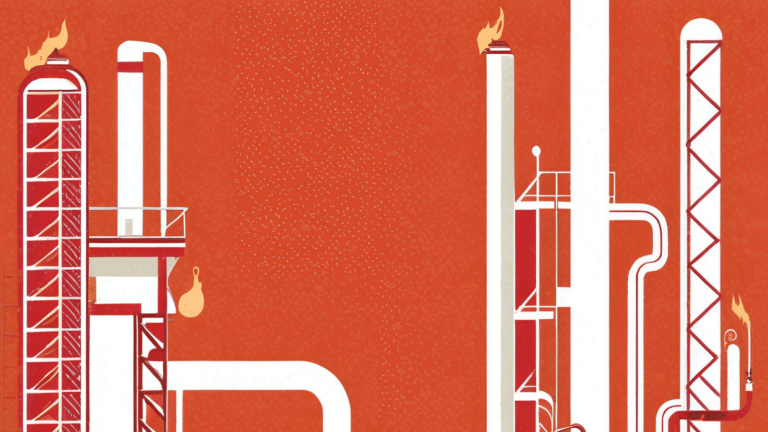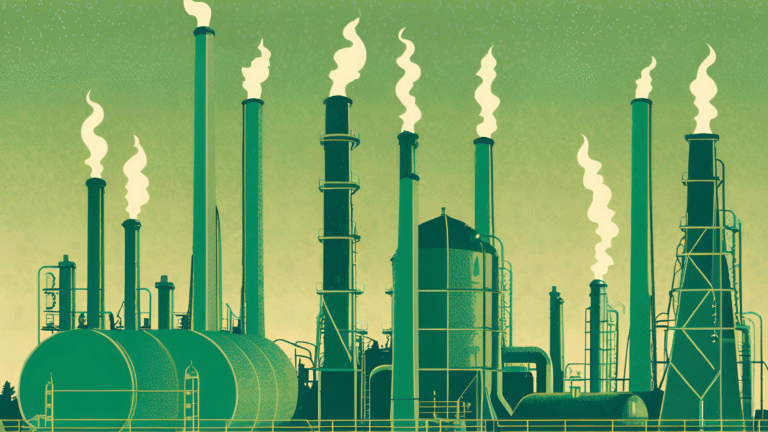The idea that global oil production was nearing its peak, only to plateau and then decline was a common view in the energy world for many years. The geophysicist M. King Hubbert predicted in the 1950’s that US oil production would peak in the 1970’s, a forecast that held true until technology allowed companies to economically extract oil and gas from tight geologic formations like shale. The recent surge in US liquids output – crude plus natural gas liquids (NGLs) – quieted the peak oil community. A well-known, largely peak oil-focused website – The Oil Drum – shut down in 2013, an event some considered the death knell of the peak oil theory. But not so fast says Steven Kopits from energy business analysis firm Douglas-Westwood. Total global oil supply growth since 2005 – 5.8 million barrels per day – came from unconventional sources, shale oil and NGLs in particular, Kopits recently told the audience at Columbia University’s Center on Global Energy Policy. “Not only US, but global, oil supply growth is entirely leveraged to unconventionals right now,” and the legacy, conventional system still peaked in 2005, he said. This gets a bit technical, as shale oil and liquids produced with natural gas are fed into the main crude oil stream and priced as such. But the strong degree to which increasing oil supply growth is dependent on unconventional sources is important to remember and often gets lost in the exuberance over top-line output figures. And despite prolific incremental oil and gas production made possible by hydraulic fracturing and horizontal drilling advances, maintaining legacy production has been expensive and arguably of limited success. Total upstream spend since 2005 has been $4 trillion, of which $350 billion was spent on US and Canadian unconventional oil and gas, with an additional $150 billion spent on LNG and GTL, according to Kopits’ presentation. About $2.5 trillion was spent on legacy crude oil production, which still accounts for about 93% of today’s total liquids supply. And despite that hefty investment, legacy oil production has declined by 1 mmb/d since 2005, said Kopits. By comparison, between 1998 and 2005 the industry spent $1.5 trillion on upstream development and added 8.6 mmb/d to total crude production. The industry “vaporized the GDP of Italy,” with its $2.5 trillion upstream spending for oil since 2005, which barely maintained the legacy oil production system. Kopits argues this level of investment by the major oil companies appears unsustainable, and the major’s current cost structure is troublesome. Collective oil production of the world’s largest listed oil companies has faltered, while upstream capex soared, Kopits said. Profits have suffered because costs are rising faster than revenues in a range-bound crude oil price environment. “E&P capex per barrel has been rising at 11% per year,” he said, but Brent oil prices have largely been flat. As a result, Chevron, ExxonMobil, Statoil and BP all recently put major projects on hold or cancelled them outright. “If your costs are rising faster than your revenues, do you sell your assets? The majors have been doing this, but is it sustainable?” asked Kopits. The industry was able to maintain conventional crude oil production levels by throwing $2 trillion dollars at the system – essentially “putting it on steroids” – but now that’s run its course and capex is being curtailed, a trend that looks set to continue, in his view.






